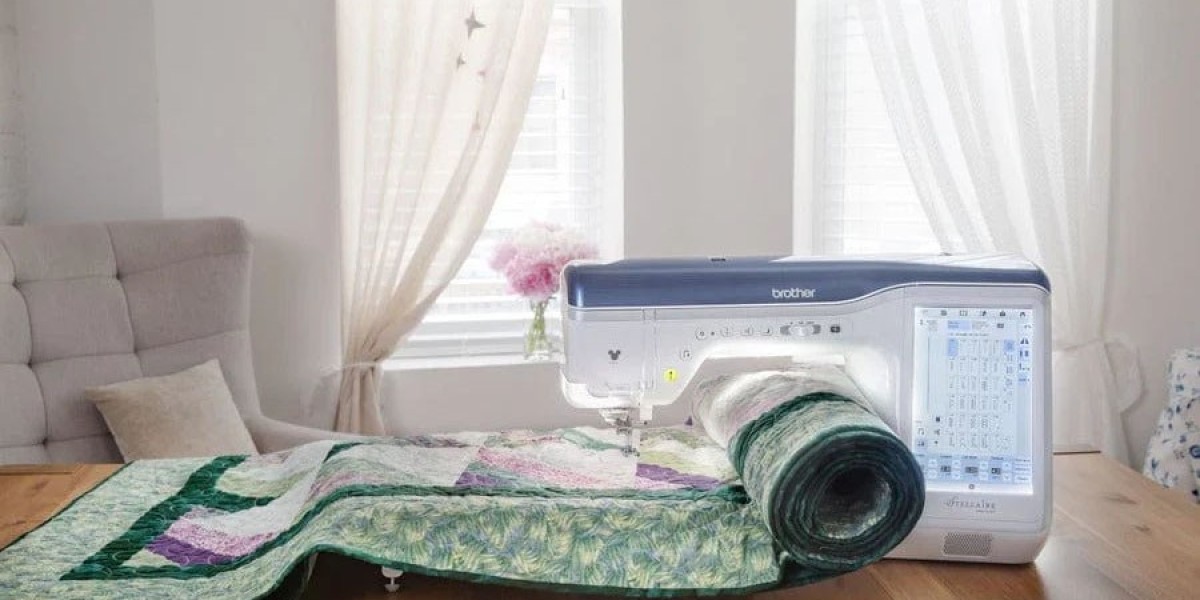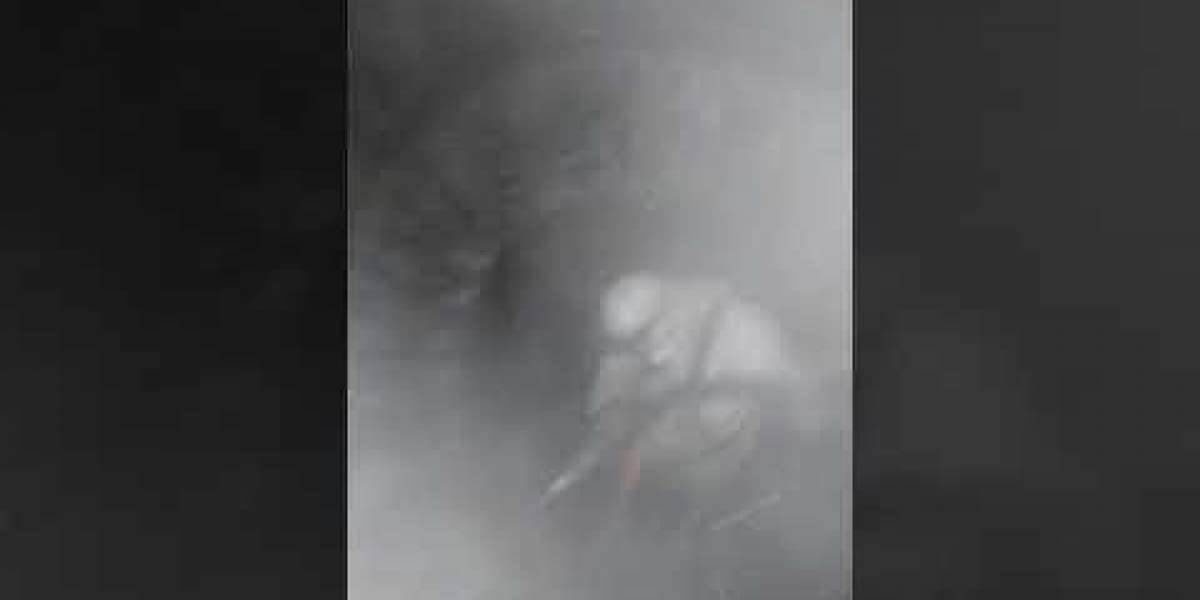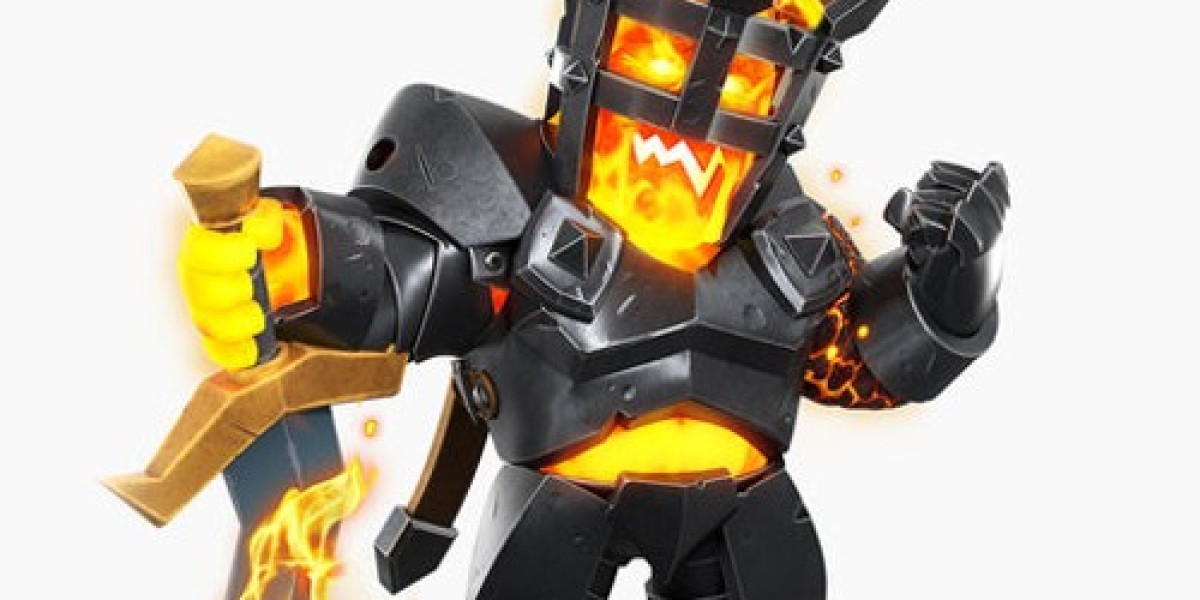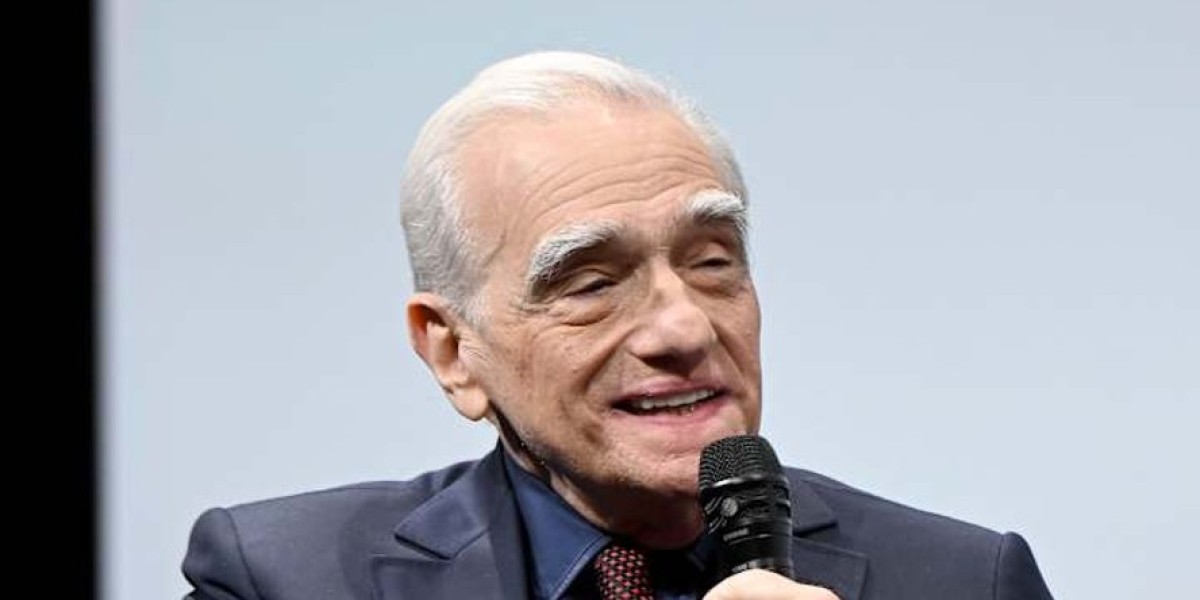Introduction
Your company logo represents everything your brand stands for—but when translated to thread, it can either elevate your image or undermine it completely. Unlike printing, embroidery requires a specialized translation process where every curve, corner, and color transition must be meticulously planned in stitch language.
This is where true digitizing artistry shines. The best digitizers don't just convert files—they Digitize Logo For Embroidery by reinterpreting designs for the unique medium of thread, making strategic decisions that affect durability, appearance, and brand perception. Whether you're handling your logo digitizing in-house or working with professionals, understanding these artistic principles will ensure your embroidered branding always makes the right impression.
Why Logo Digitizing Demands Special Attention
The Unique Challenges
Brand integrity - Every detail must be recognizable
Scale variations - Must work from hat brims to jacket backs
Fabric adaptability - Performs on everything from stiff caps to stretchy polos
Color precision - Matches brand standards exactly
How Professionals Approach Logos Differently
Strategic simplification - Removing details that won't stitch well
Intentional exaggeration - Emphasizing key elements
Fabric-specific versions - Custom settings for each material
Multiple test stitches - Ensuring perfection before production
The Artist's Process: Step-by-Step
1. Design Deconstruction
Before digitizing begins, experts analyze:
Which elements are essential to brand recognition
What details can be simplified or enhanced
How colors will translate to available threads
Where optical adjustments are needed
2. Stitch Type Selection
| Design Element | Recommended Stitch | Artistic Considerations |
|---|---|---|
| Text | Satin (2-5mm width) | Uniform stroke weight |
| Main Icon | Combination | Prioritize recognizable features |
| Background | Fill with varied angles | Prevent visible patterning |
| Fine Details | Running (0.8-1.5mm) | Strategic simplification |
3. The Underlay Canvas
Think of underlay as the foundation painting:
Edge Run: Outlines shapes like pencil sketches
Zigzag: Creates texture like brush strokes
Grid: Builds dimension like underpainting
4. Stitch Direction Choreography
How stitch angles affect appearance:
Uniform angles create sleek, modern looks
Varied angles produce organic, textured effects
Radial patterns emphasize focal points
Common Artistic Pitfalls & Solutions
Problem: "Our Detailed Logo Looks Muddy"
Solution:
Simplify to core recognizable elements
Increase contrast between components
Use satin stitches to define edges
Problem: "Colors Don't Match Our Brand"
Solution:
Create custom thread charts
Use separation stitches between colors
Test under different lighting
Problem: "Looks Great on Polos But Wrong on Hats"
Solution:
Create separate files for each garment type
Adjust density and underlay accordingly
Modify sizing proportions
Tools of the Trade
Software Brushes
Wilcom EmbroideryStudio - The oil paints of digitizing
Hatch Embroidery - Excellent watercolor alternative
Pulse Ambassador - The airbrush for precision work
Essential "Art Supplies"
Graphics tablet for hand-guided stitching
Pantone color bridge for perfect matching
Fabric swatch library for testing
The Psychology of Stitch Effects
How Stitch Choices Influence Perception
Satin stitches convey precision and professionalism
Fill stitches suggest substance and durability
Running stitches add handcrafted authenticity
3D puff creates premium tactile appeal
Case Study:
A law firm switched from fill to satin stitches for their logo, resulting in:
27% more client compliments on appearance
Staff reporting feeling more confident in uniforms
Perception of higher service quality
Mastering Different Logo Styles
Wordmark Logos
Prioritize font integrity
Maintain consistent stroke weight
Ensure letter spacing reads clearly
Pictorial Marks
Identify the silhouette that makes it recognizable
Simplify internal details
Enhance outlines
Combination Marks
Balance icon and text proportions
Create visual hierarchy
Ensure cohesive stitch style
The Revision Process: Refining Your Masterpiece
Professional Quality Checkpoints
On-screen proof - Verify stitch paths
Stitch-out - Check physical appearance
Wear test - Assess durability
Wash test - Confirm colorfastness
Common Refinements
Adjusting satin stitch widths
Tweaking underlay density
Resequencing color changes
Optimizing stitch angles
When to Call in a Master Artist
Consider professional digitizing when:
Your logo contains photographic elements
Brand standards demand perfection
You're using specialty fabrics
Production quantities justify the investment
Preserving Your Art: File Management
Creating a Digital Archive
Store original artwork and digitized files
Note specific settings for each application
Keep version history of all changes
Maintaining Physical Samples
Label with date and digitizing specs
Store in protective sleeves
Create reference cards for production team
The Future of Logo Digitizing Artistry
Emerging Techniques
AI-assisted hand-digitizing
Dynamic stitch patterns that adapt to fabric stretch
Photorealistic thread painting
Sustainable digitizing methods
Technology Trends
Augmented reality previews
Cloud-based collaboration tools
Blockchain-verified design files
Becoming a Logo Digitizing Artist
Skill Development Path
Master basic stitch types and effects
Study graphic design principles
Learn fabric behaviors and limitations
Develop an eye for thread color blending
Practice recreating famous logos
Recommended Resources
The Digitizer's Companion book series
Embroidery Guild workshops
Online courses from industry masters
Conclusion
Digitizing logos for embroidery is where technical skill meets artistic vision. The best digitized logos don't just accurately represent the original design—they enhance it for the unique medium of thread, considering how light plays across stitches, how colors blend at a distance, and how the design will age with wear.
This art form takes years to master but moments to appreciate. When you see a perfectly digitized logo—where every stitch serves a purpose, where the brand's essence shines through the medium—you're seeing the work of a true craftsperson.
Ready to begin your digitizing artistry journey? Start by examining your favorite embroidered logos up close. Notice the stitch choices, the underlay effects, the strategic simplifications. Then take your simplest logo and experiment with recreating it in stitch form.



